At the hotel we chose the option of the wooden cabins in the forest rather than the new concrete frame blocks that had been erected in the last year or so. A walk around the area between our rooms and the beach produced many Phyciodes phaon Phaon Crescent and a few Nathalis iole Dainty Sulphur and Pyrausta tyralis. Rayner was investigating the bushes nearby and soon found a Chlorostrymon maesites Amethyst Hairstreak. One later appeared next to our rooms but remained with its wings firmly shut in the afternoon sun. I felt that if a cloud came over it would likely open its wings so I got into a good position, took some test shots to make sure I had got the correct exposure - and waited. Patience and planning paid off and I managed three quick pictures showing the striking blue upperside before it flew. This was a new species for the National Park so a good find.
|
As our previous trips to Cuba had been in the winter dry season, biting insects had never been much of an issue. Even during our six days at Vinales I don’t think I had used the DEET spray more than a couple of times. Each day however we had undergone a certain amount of psychological conditioning by Rayner preparing us for the fact that Guanahacabibes would be different! The mosquitoes there he said were ferocious. Guanahacabibes is the western peninsular of Cuba and we were going to be staying at the only hotel Maria la Gorda. We stopped for petrol on the way and found this day-flying moth Melanchroia geometroides on the bushes on the edge of the forecourt. We pressed on and arrived on the peninsular just after lunch having seen an increasing number of butterflies, mainly Glutophrissa drusilla Florida White along the forest road. After passing the National Park Centre on the right we traveled along the beach road for the last few kilometers towards the hotel but stopped when Rayner, who was sitting in the front, noticed a huge number of butterflies passing overhead. We jumped out and found that a vast migration was underway. It consisted almost entirely of Eunica tatila Florida Purplewing with a small number of Marpesia eleuchea Caribbean Daggerwing mixed in. This is what we had come to see as Guanahacabibes is renowned for its migrations. They were flying ENE along the southern arm of the peninsular at 1.25pm. Where had they come from? We were barely 10km from the end of the peninsular and beyond that another 200km (125miles) is Cancun at the eastern end of Yucatan province, Mexico. Logic says that this must have been the origin of these butterflies. Numbers were impossible to estimate - some were passing at head height but most were at or just above tree-top height and the trees weren't very high as you can see. With a 200mm lens, and therefore a fairly restricted field, I took a few shots and and each has between 26 and 36 butterflies visible. The beach is just the other side of the trees on the right and the storm clouds out over the sea may have had a bearing on the migration - who knows. Either way we enjoyed the spectacle for about fifteen minutes before the ferocious mosquitoes drove us back into the van, bad move packing the DEET away in the case! At the hotel we chose the option of the wooden cabins in the forest rather than the new concrete frame blocks that had been erected in the last year or so. A walk around the area between our rooms and the beach produced many Phyciodes phaon Phaon Crescent and a few Nathalis iole Dainty Sulphur and Pyrausta tyralis. Rayner was investigating the bushes nearby and soon found a Chlorostrymon maesites Amethyst Hairstreak. One later appeared next to our rooms but remained with its wings firmly shut in the afternoon sun. I felt that if a cloud came over it would likely open its wings so I got into a good position, took some test shots to make sure I had got the correct exposure - and waited. Patience and planning paid off and I managed three quick pictures showing the striking blue upperside before it flew. This was a new species for the National Park so a good find. An Urbanus proteus Common Long-tailed Skipper was on the bushes near our room before we went off for dinner - and here is a picture of the hawk-moth Xylophanes chiron Leafy Sphinx that was buzzing round the restaurant last night at Vinales.
1 Comment
|
Welcome to our Blog
Here we will post interesting news about what we and others have seen in Cuba. Archives
July 2024
Categories |
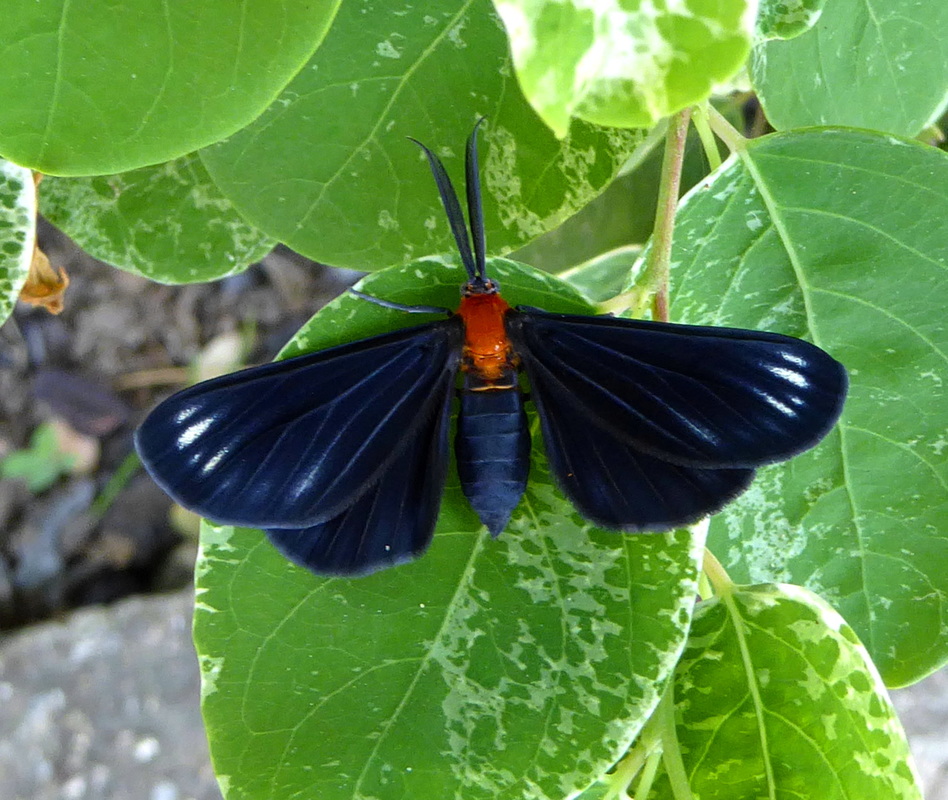
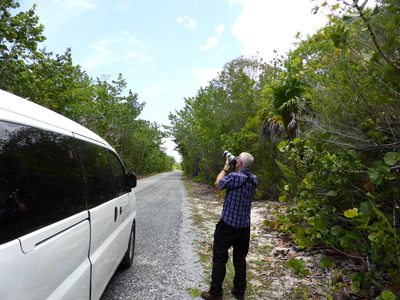
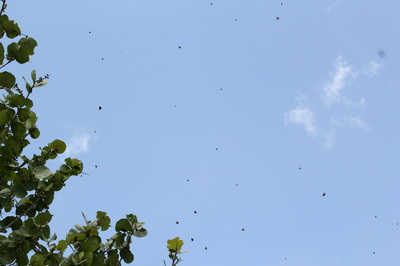
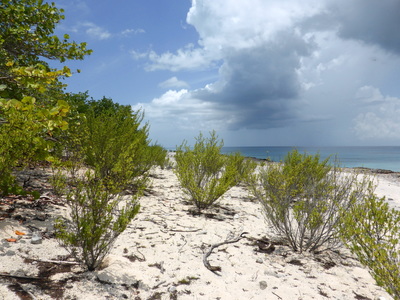
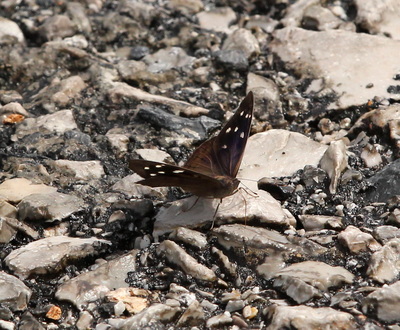
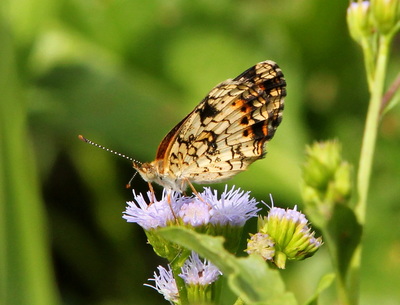
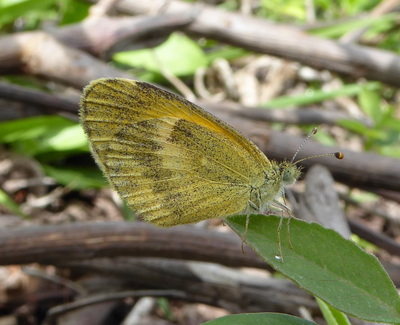
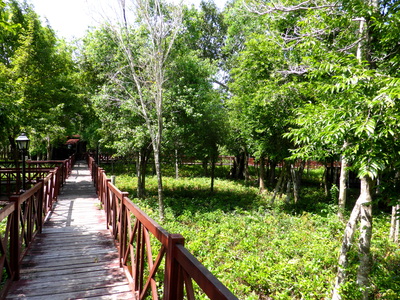

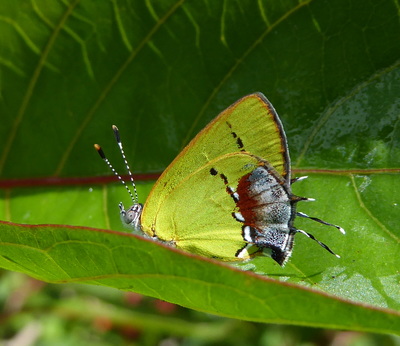
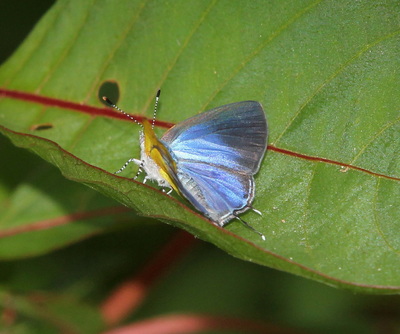
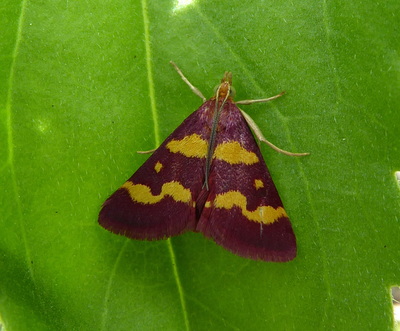
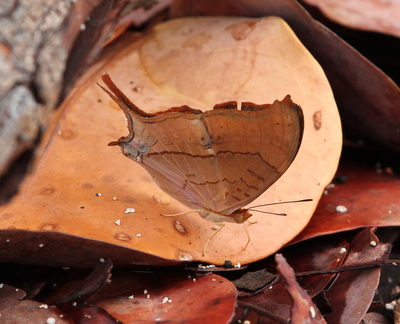
 RSS Feed
RSS Feed